Quartzy: the whole picture edition
Happy Friday!
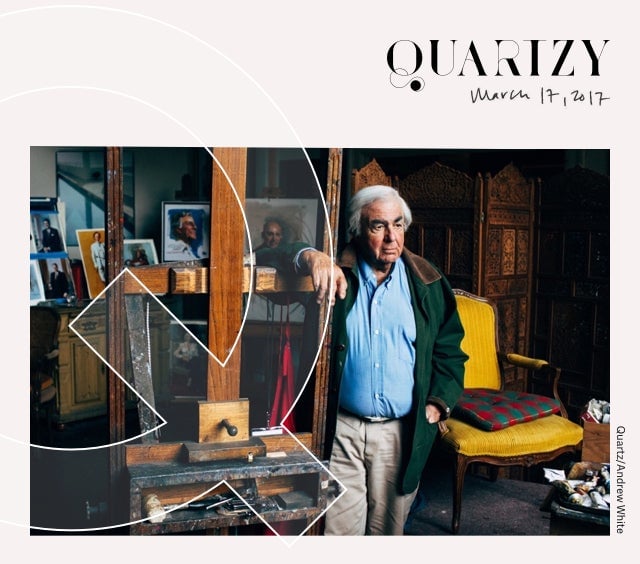
Happy Friday!
A week ago today, the internet lit up when a small person in a yellow sweater swaggered into the background of a teleconferenced BBC interview with Robert Kelly, a Serious Expert on East Asian affairs who wore a necktie and had a map on the wall behind him. (You’ve likely seen the video several times by now, but just in case you haven’t, it’s marvelous.)
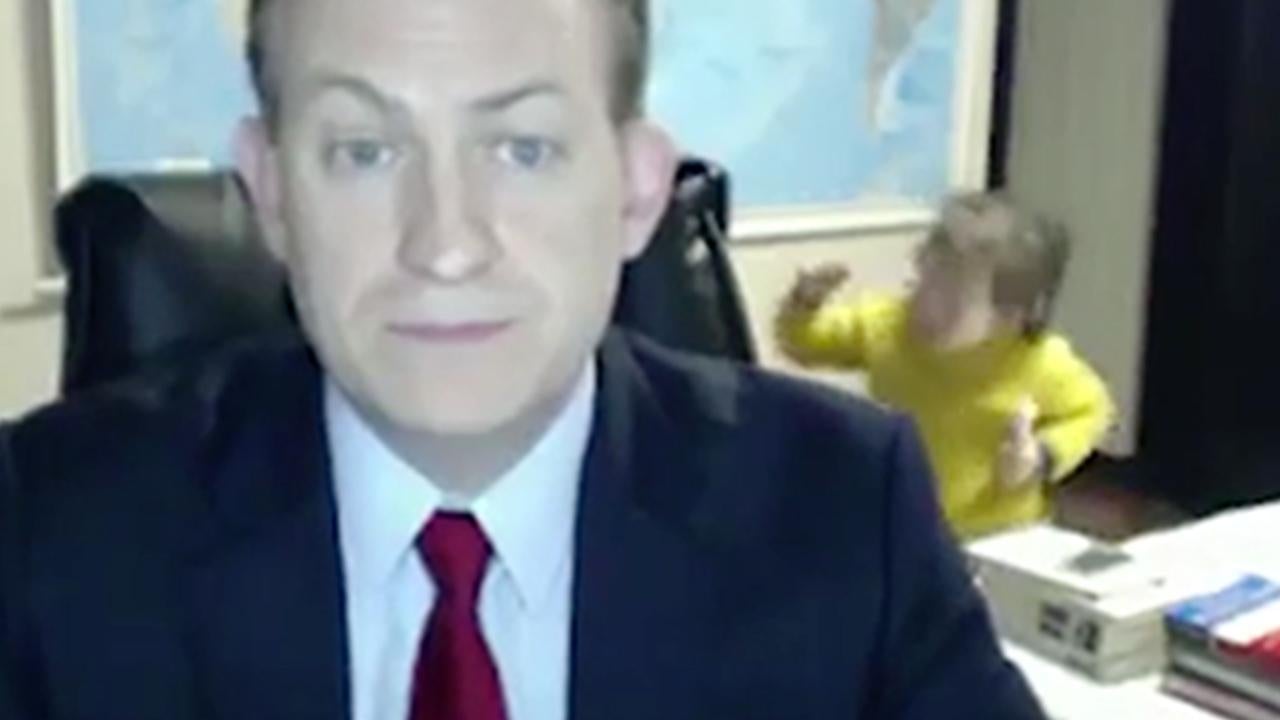
The person was Kelly’s 4-year-old daughter, Marion. She was soon followed by her brother, the 8-month-old James—an adept operator of his rolling baby walker. Seconds later, the children’s heroic mother, Kim Jung-A, slid in sock-footed to retrieve them, but not before the family was captured in all its humanity.
The family has since given an interview and a press conference (to which Marion wore a small trench coat and her now-iconic glasses). Apparently when the kids saw their father on the telly, in a room they knew to be just down the hallway, they couldn’t help themselves: Hi Dad!
Many of us at Quartz (myself included) telecommute, and the parents especially recognized themselves in the scene. “Kelly’s attempt to forge on with his interview exposed, hilariously, the double identity many of us attempt,” wrote Quartz’s Oliver Staley, who is also a father of two: “the cool professional at work masking the barely-holding-it-together parent at home.”
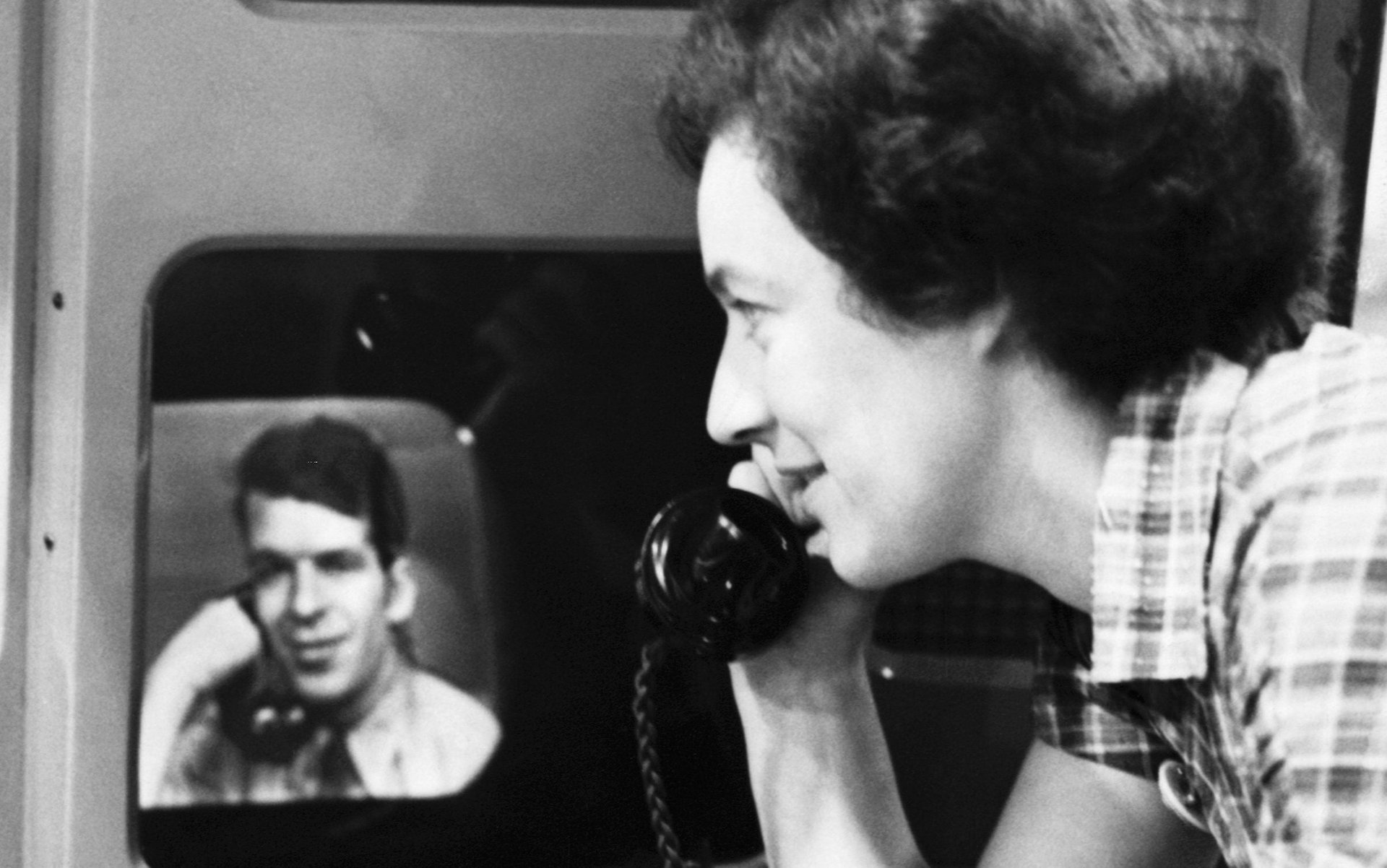
Quartz’s Anne Quito has some tips for how to come across as the “cool professional” you want to project when working from home:
1. Prop your laptop/the camera on something a bit higher than just the table in front of you, so your colleagues aren’t looking up your nose. (I sometimes use a very fancy shoebox.)
The telling detail. Anne also recently interviewed the 90-year-old portraitist Everett Raymond Kinstler (at top), a master of the form who has captured John Wayne, Dr. Seuss, Katherine Hepburn, Salvador Dali, and eight US presidents on his canvases. She learned that extensive conversation with his subjects inform Kinstler’s portraits, often resulting in small, telling details, such as a “fish hook” wrinkle between the eyes of US president Gerald Ford.
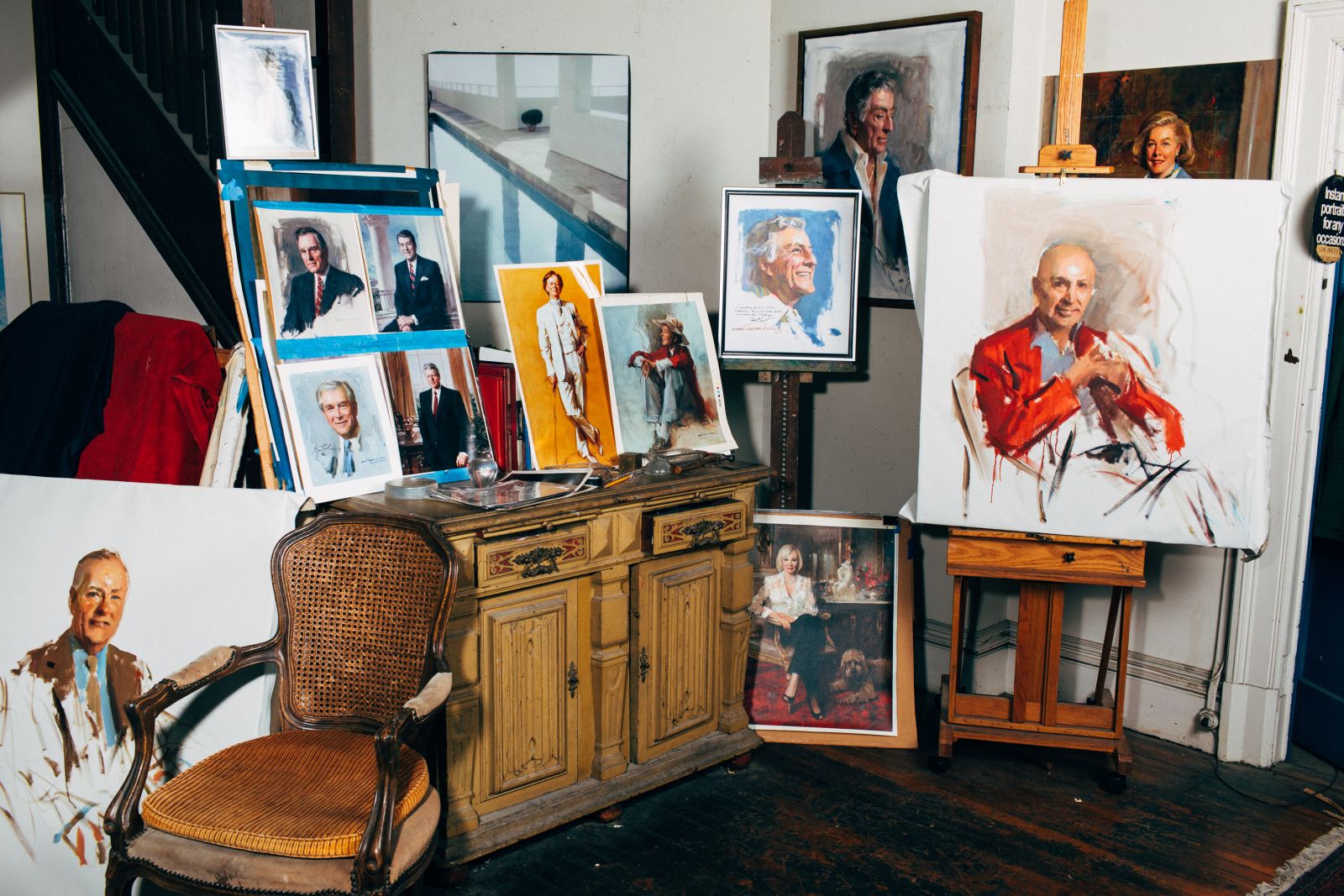
“An hour into my interview with the 90-year-old painter, I realized he had been asking all the questions,” Anne wrote. “When I tried to get one in, he smiled and said, ‘I’m showing you how I paint.'”
A St. Patrick’s Day gift. I’m feeling particularly warm towards the Emerald Isle this week, after reading Irish parliamentarians’ responses to Daily Edge reporter Amy O’Connor, who asked each member whether they liked Beyoncé, and if so, to name their favorite song.

Each reply was paired with the politician’s portrait, which made for a lovely juxtaposition of silver-haired, buttoned-up, and suited officials and their earnest enthusiasm for the woman some of them called “Queen B.” Just read them, imagining their Irish brogues. The above three favored Drunk in Love, Halo, and Single Ladies. Charlie Flanagan (to the left) also saw Beyoncé perform in Central Park: “Memorable!!”
It was a lovely reminder that even the suit-iest of suits probably has some Bey on his iPhone (and it’s probably Irreplaceable).

Come on. This week, Donald Trump proposed eliminating funding for the National Endowment for the Arts, which has provided grants that help pay for art shows, musical productions, and after-school programs across the country since 1965.
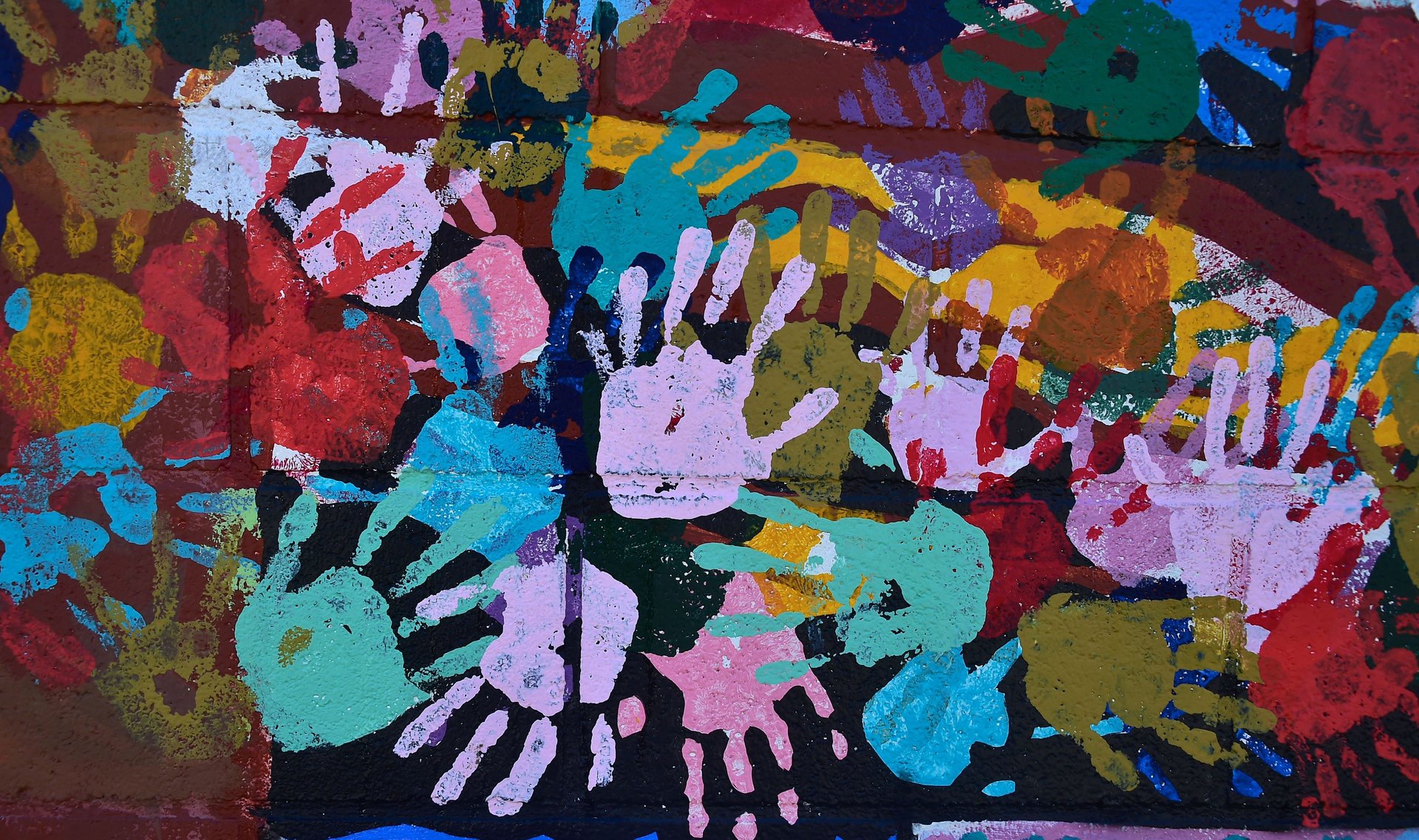
Critics have called the NEA “welfare for cultural elitists,” but the people I spoke to for this story were committed to expanding access to the arts for everyday people in that large swath of America that falls between the coasts, with things like community theaters and summer camps. The NEA’s budget—at $148 million a pittance in the scheme of the federal budget—helps make all that possible.
Maybe the artist George W. Bush should say something? The former US president’s book of portraits of veterans of the US wars in Iraq and Afghanistan is out, and the New Yorker’s Peter Schjeldahl found it ”surprisingly likable while starkly disturbing.” These, he says, are “painted atonements”: “President Bush sent these men and women into harm’s way, and they came back harmed—often minus limbs from I.E.D. and mine explosions—and, in all cases, traumatized to some degree.” He commends the former US president’s “thick, summary brushwork,” that results in portraits that “look honestly observed and persuasively alive.”
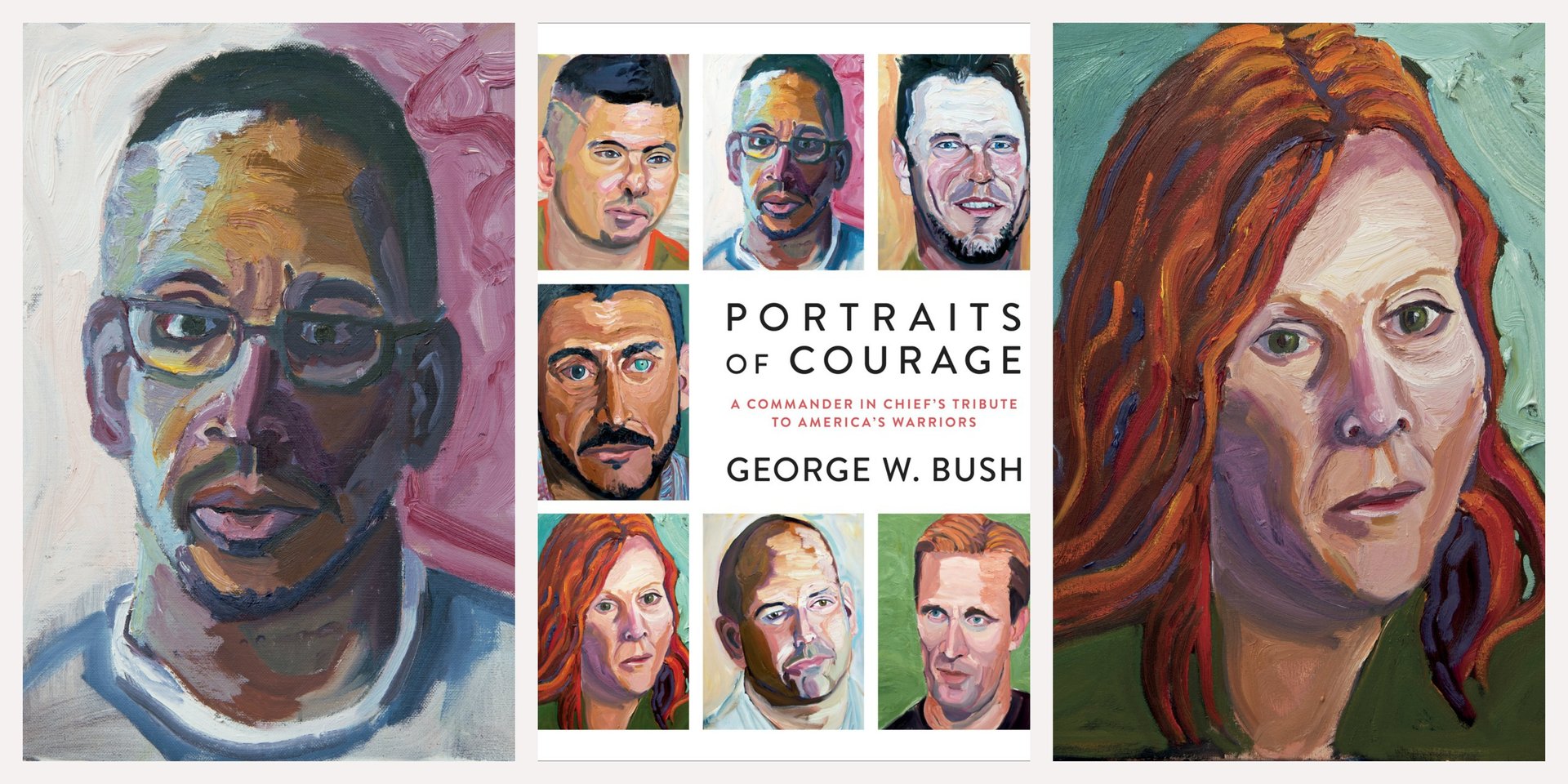
While considering the last Republican president, you might also enjoy the magazine’s satire, in which Bush offers to use the dark arts he has been dabbling in to trap the current president in one of his “magical canvases of confinement.” All he wants in return is “to be remembered somewhat fondly” as an “O.K. president.”
George Saunders has some very good advice. The short story writer and professor revealed how he pulled off his ambitious first novel, Lincoln in the Bardo, for the Guardian.
“The notion that art is about having a clear-cut intention and then confidently executing same,” writes Saunders, is a fallacy. Rather, it’s about having an idea, setting out, and continuously tinkering in hopes of achieving something better. The desire to do right by the reader suffuses his work with empathy, respect, and the hope “that whatever is present in me might also be present in you.”
The piece in its entirety provides wonderful guidance on writing, but it might also be read as a treatise on how a person builds a painting, an album, a career, or even a life.
Thanks for reading—and have a great weekend!
[quartzy-signature]
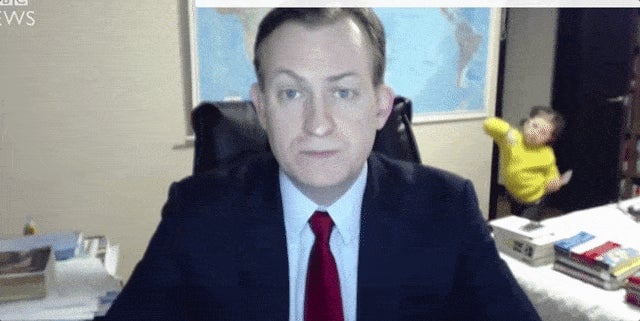
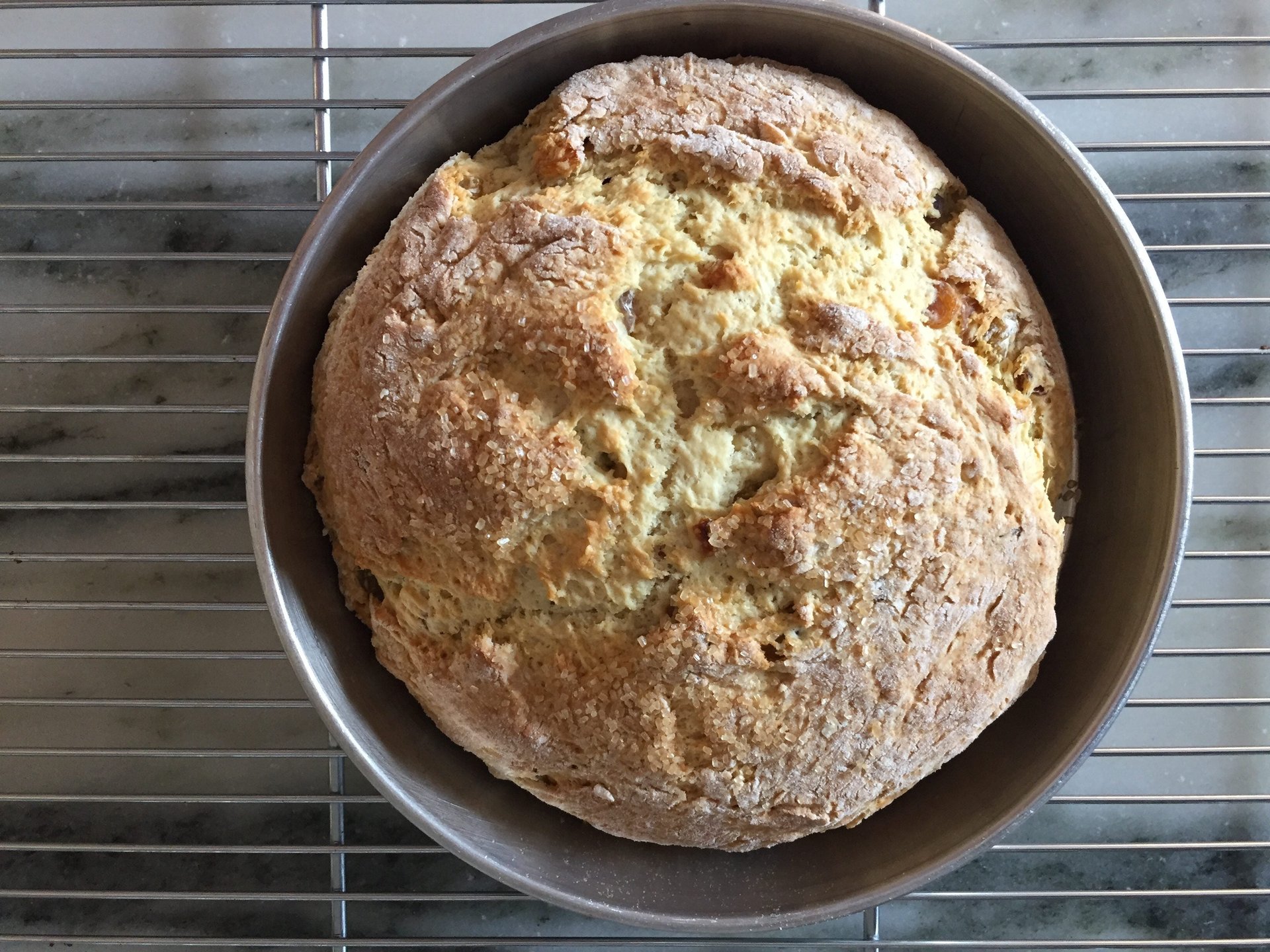
If you’re feeling ambitious this St. Patrick’s Day, you could get after the whole corned-beef-and-cabbage trip. If you’re feeling more like me, you could just go for an Irish Soda Bread—the simple quickbread made with baking soda and buttermilk. Preservationists are not amused by the now-typical addition of raisins and caraway seeds, so they would probably be furious about Food52’s “crazy” combinations: Currants and raisins?! Toasted pistachios?? Food52 says you can wing a recipe with 4 to 4 1/2 cups flour, 1 heaping teaspoon baking soda, 1 heaping teaspoon salt, 1 to 4 tablespoons of butter (optional), and 2 cups of buttermilk. If you like a little more precision, my mom just used this Epicurious recipe (below), which still has a note from 2005 on the printout she uses: “Very good!”